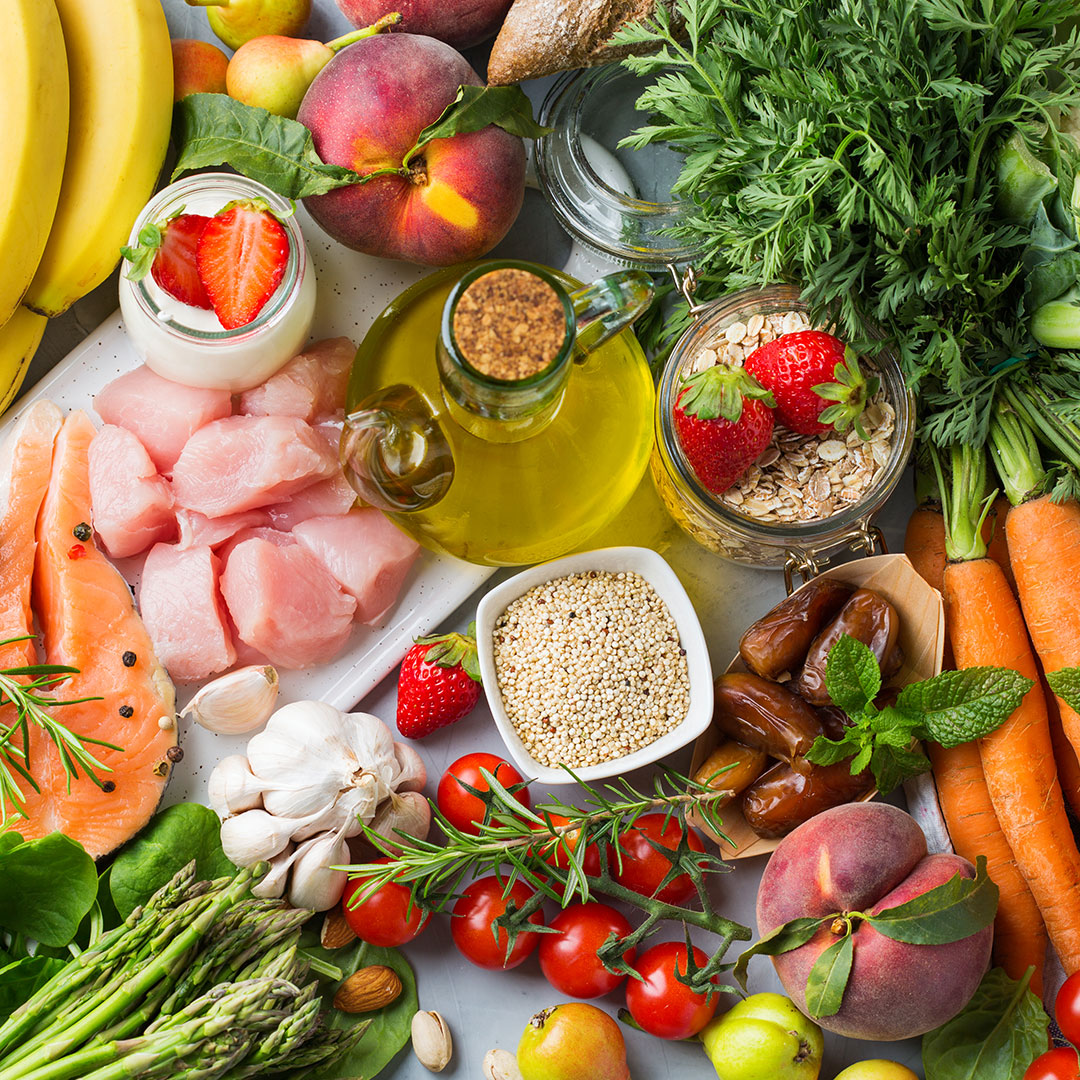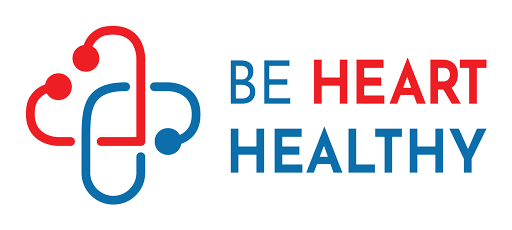One of the basic and primary steps to control your blood pressure through dietary modifications is counting your calories and the amount of diet you eat. Dietary modifications have a significant role in controlling blood pressure and reducing the medications that are being taken by the patient to control blood pressure.
People usually do not think about the amount of food and calories they take every day. Underestimating the type and amount of food items a person eat and drink throughout the day is once a significant risk factor for a variety of chronic metabolic and other diseases. Obesity or overweight is also associated with high blood pressure. Thus, controlling the weight through dietary modifications is an important step to reduce the risk of high blood pressure and associated conditions. (1)
DASH Diet:
One step that physicians usually prescribed for hypertensive patients is the DASH diet. DASH stands for Dietary Approaches to Stop Hypertension. According to the latest research and clinical trials, patients suffering from high blood pressure get control over it within 2 weeks after starting the DASH diet. DASH diet is a simple balanced diet with the following food options:
- Eat more vegetables and fruits
- Low-fat dairy food items
- Decrease intake of saturated fats, trans fats, and cholesterol
- Eat nuts, poultry, whole grains, and fish
- Decrease intake of red meats, sweets, soft drinks, and sodium-containing foods (2)
DASH-Sodium Diet:
Another type of diet that has gained much importance in recent times is the DASH-Sodium diet which focuses on decreasing the amount of sodium intake gradually. You need to ultimately cut back sodium to less than 1500mg per day. According to studies, the DASH-sodium diet also reduces blood pressure in hypertensive patients.
In order to lower the sodium in your diet, follow the instructions given below:
- Keep a food diary to keep your calories and amount of salt in check because salt contains a high amount of sodium. Table salt contains 40% of sodium, so avoiding it can help lower sodium intake.
- Use low sodium packed food items and check the value of sodium before buying any food items.
- Foods that contain 5% of the daily value of sodium should be preferred over those containing 20% daily value of sodium.
- Eat less canned, processed, and packaged food because these food items account for much of people’s daily sodium intake.
- Use salt-free seasonings and avoid a high salt diet at restaurants and outings.

What to Eat in Hypertension:
According to research, magnesium, fiber, and potassium help to keep blood pressure in control. Whole grains, fruits, and vegetables contain less amount of sodium and a high proportion of magnesium, fibers, and potassium. So, you need to stick to these food items if you have high blood pressure. Nuts, legumes, meat, and beans are also good sources of magnesium.
Here are some of the food items that are a good source of fiber, magnesium, and potassium:
- Fruits including apples, apricots, bananas, grapes, dates, oranges, mangoes, melons, pineapples, and strawberries
- Vegetables and herbs including beet greens, broccoli, carrots, green beans, green peas, kale, lima beans, potatoes, spinach, squash, sweet potatoes, tangerines, and tomatoes.
- Tuna, chicken, and fat-free yogurt are also good food options for hypertensive patients. (4)
For more information visit our Instagram page.
References:
- Feyh A, Bracero L, Lakhani HV, Santhanam P, Shapiro JI, Khitan Z, et al. Role of Dietary Components in Modulating Hypertension. J Clin Exp Cardiolog. 2016 Apr;7(4).
- Bazzano LA, Green T, Harrison TN, Reynolds K. Dietary approaches to prevent hypertension. Curr Hypertens Rep. 2013 Dec;15(6):694–702.
- Schwingshackl L, Chaimani A, Hoffmann G, Schwedhelm C, Boeing H. Impact of different dietary approaches on blood pressure in hypertensive and prehypertensive patients: protocol for a systematic review and network meta-analysis. BMJ Open. 2017;7(4):e014736.
- Schwingshackl L, Schwedhelm C, Hoffmann G, Knüppel S, Iqbal K, Andriolo V, et al. Food Groups and Risk of Hypertension: A Systematic Review and Dose-Response Meta-Analysis of Prospective Studies. Adv Nutr. 2017 Nov;8(6):793–803.




